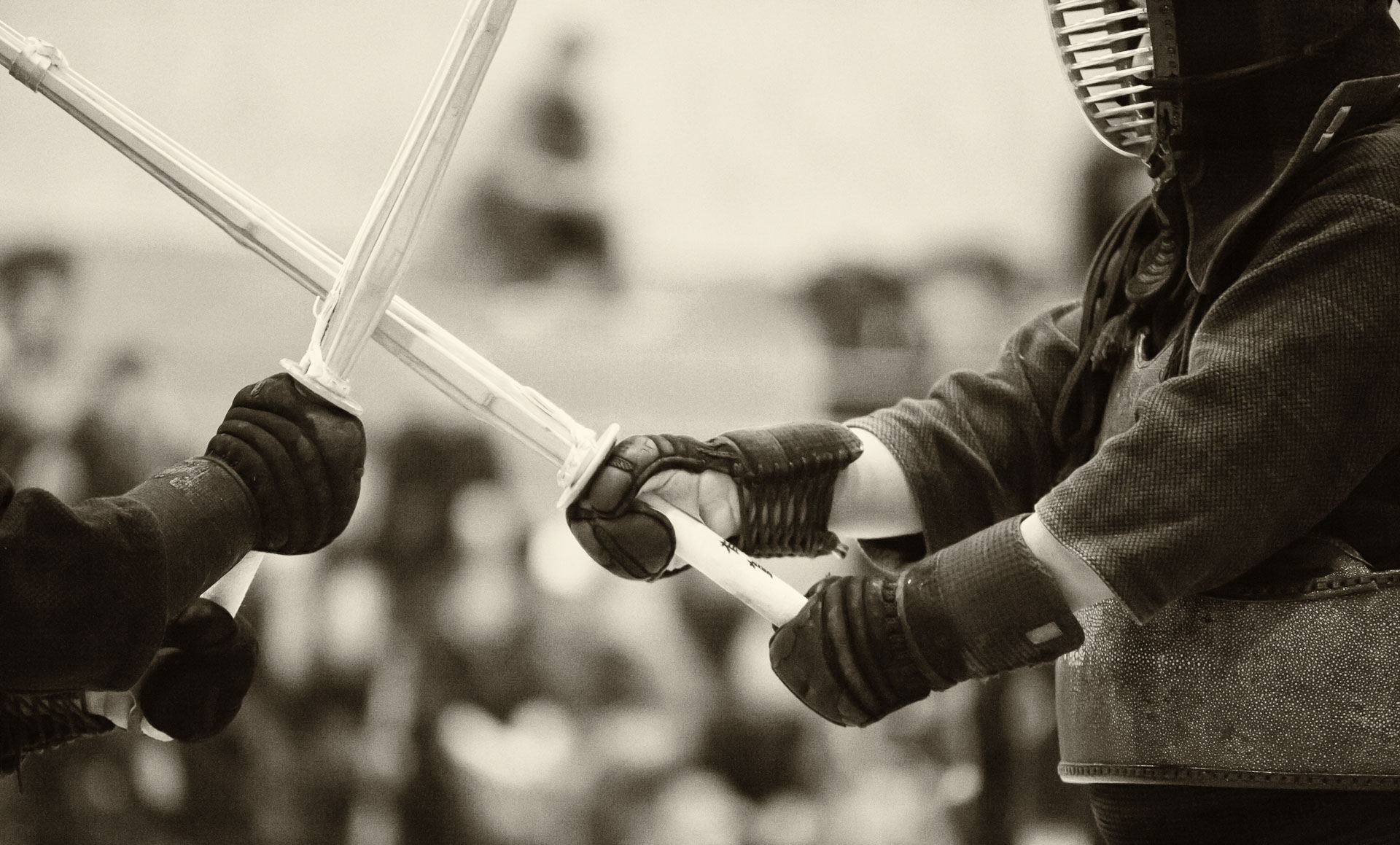
Had a great day of SCUBA diving at the amazing Kerama Islands National park. The corals and the variety of brilliant marine life is the best I’ve seen. Thank you, Dorka, for guiding us on this amazing adventure!




My thoughts on the craft, the process and the subjects

Had a great day of SCUBA diving at the amazing Kerama Islands National park. The corals and the variety of brilliant marine life is the best I’ve seen. Thank you, Dorka, for guiding us on this amazing adventure!




This shrine was established at the base of the Hakusan mountain over 2,100 years ago! Hakusan, which stands over three prefectures (Ishikawa, Fukui and Gifu), has been considered a sacred mountain since ancient times, being an important water source for the valleys below. The deity of the shrine is a goddess of matchmaking and family happiness.
Hakusan Hime jinjya has an incredibly tranquil atmosphere – a cool, quiet forest full of the sound of running streams. The 800-years-old sugi cedar, a sacred tree, that stands at the omote-sando walkway is 12 meters in circumpherence at the base and is 45-meters tall! I’ve see several trees during this trip to Japan that reminded me of Studio Ghibli’s “My neighbour Totoro,” and this is one of them.
We were lucky to enjoy some golden light when we came up to the main shrine. The building is both grandiose and elegant at the same time. And the shimenawa rope, which is meant to ward off evil spirits, over the entrance is some of the most impressively thick I’ve seen.
Our daughter, for whom this the first visit to Japan, was soaking up the incredible surroundings and enjoying learning the etiquette of visiting a shrine: make an offering of money, bow twice, clap twice, bow once. When leaving, turn around and bow again.





Kotoji lantern at Kenrokuen garden.
This iconic symbol of Kanazawa resembles a bridge on a koto – a traditional Japanese string instrument. It is different from other Japanese lanterns, because it has two pedestals of uneven length – one on the ground and one in the water. Their beautiful curves give the lantern its unique shape, and they are quite difficult to capture precisely in a sketch.
Visiting Shinsuke Yoshitake’s exhibit at the 21st Century Museum of Modern Art on a rainy day.
The first full day of our extended visit to Japan. We spent the morning exploring the Tokyo Station neighbourhood and took a Shinkansen train to Kanazawa.

Visited the 21st Century museum of Contemporary Art in Kanazawa yesterday and saw Shinsuke Yoshitake’s exhibit. Amazing amount of work, creativity and attention to detail! Not to mention, a great sense of humour.


On the way to Kanazawa for a research visit.

It’s the beginning of a rainy season in the Hokuriku region in Japan. I saw this building, which was almost overtaken by the vegetation, from a bus yesterday and snapped a quick photo with my phone. As much as I like live sketching, yesterday’s heavy downpour could have given the word “watercolour” a new meaning. So I used the snapshot as reference, sketching in the comfort of our temporary home, listening to the sound of rain outside.

The Wizard Nebula (NGC 7380) is considered a challenging photo target, because it is very dim. It’s impossible to see visually, and even photographically it typically requires hours of exposure time to bring out the details. I was lucky to have about 3.5 hours of cloudless skies to take this shot a couple of nights ago. The dual-narrowband (Ha + OIII) filter is tremendously helpful in cutting through light pollution.
NGC 7380 is actually an open cluster of very young stars in the constellation Cepheus that formed about 5 million years ago – practically a moment ago in cosmic terms. The nebula itself (S 142) is a cloud of ionized gas approximately 110 light-years long. It took 7000 years for its light to reach my yard in Victoria, BC.

The North America Nebula (NGC 7000) and the Pelican Nebula (IC 5070) in the Swan (Cygnus) constellation barely fit together in the field of view of my full-frame camera on a 478mm-long telescope. The North America nebula, named because it resembles the shape of the continent, is more than four time the size of the full moon! Its most famous feature, the Cygnus Wall lies where the Mexican West Coast would be on the map.
The Pelican Nebula sits just off the “East Coast” of the North America and is separated from it by the dark cloud of dust.
Despite the large size, these emission nebulae are very faint, so I was glad to have about 3.5 hours last night without clouds or moonlight to collect their light, which travelled for 2,600 years before reaching Victoria, BC.


